Researchers at Berkeley Lab’s 88-Inch Cyclotron successfully made superheavy element 116 using a beam of titanium-50. That milestone sets the team up to attempt making the heaviest element yet: 120.
Tag: Lawrence Berkeley National Laboratory
Tracking Down Toxic Metals From Tobacco Smoke
Homes and public places where people smoke may have high levels of harmful trace metals from cigarettes, even after smoking stops, Berkeley Lab researchers have found. These metals include cadmium, arsenic, and chromium, and the levels may be above safety limits set by California.
First Results from DESI Make the Most Precise Measurement of Our Expanding Universe
Researchers have used the Dark Energy Spectroscopic Instrument to make the largest 3D map of our universe and world-leading measurements of dark energy, the mysterious cause of its accelerating expansion
United Kingdom Invests in DOE’s Electron-Ion Collider Project to Understand Matter at the Smallest Scale
The U.S. Department of Energy’s (DOE) Electron-Ion Collider (EIC), a unique international particle collider being constructed to explore the building blocks of matter at the smallest scale, will get a significant boost from colleagues in the United Kingdom (UK).
Air Pollution Hides Increases in Rainfall
In a new study, researchers broke down how human-induced greenhouse gas and aerosol emissions influence rainfall in the United States.
DOE Announces $264 Million for Basic Research in Support of Energy Earthshots™
The U.S. Department of Energy (DOE) today announced $264 million in funding for 29 projects to develop solutions for the scientific challenges underlying DOE’s Energy Earthshots™ Initiative to advance clean energy technologies within the decade. The funding will support 11 new Energy Earthshot Research Centers led by DOE National Laboratories and 18 university research teams addressing one or more of the Energy Earthshots™ that are focused on six different areas, including industrial decarbonization, carbon storage, and offshore wind. The Department launched the Energy Earthshots Initiative to spur decarbonization efforts that will help the United States meet President Biden’s ambitious climate and clean energy goals, including a 50% reduction in carbon emissions by 2030 and a net-zero carbon economy by 2050.
Accelerating Sustainable Semiconductors With ‘Multielement Ink’
Scientists have demonstrated “multielement ink” – the first “high-entropy” semiconductor that can be processed at low-temperature or room temperature. The new material could enable cost-effective and energy-efficient semiconductor manufacturing.
Department of Energy Announces $30 Million for Research to Accelerate Scientific Advances at User Facilities
Today, the U.S. Department of Energy (DOE) announced $30 million in funding for three projects to increase scientific productivity and discoveries across DOE light source, neutron source, and high-performance computing and networking facilities.
Cabling for LHC Upgrade Wraps Up
Experts at Berkeley Lab finished winding more than 2000 kilometers of superconducting wire into cables for new magnets that will help upgrade the Large Hadron Collider and the search for new physics.
Killing Cancer in a Flash
FLASH is a targeted radiation therapy that kills tumor cells while sparing healthy tissue and delivers a short, intense burst of radiation in a single appointment. Corie Ralston from Lawrence Berkeley National Laboratory will present her team’s research using X-ray footprinting mass spectrometry to investigate the mechanisms that make FLASH a powerful cancer killer at ACA’s 73rd annual meeting, July 7-11.
Department of Energy Announces Fermi Award Ceremony
The Biden-Harris Administration will be honoring Darleane C. Hoffman and Gabor A. Somorjai as recipients of the 2023 Enrico Fermi Presidential Award in a virtual ceremony June 6th, 2023, at 3:00 p.m. Pacific Time. The Enrico Fermi Presidential Award is one of the oldest and most prestigious science and technology honors bestowed by the U.S. government.
Department of Energy and NASA Join Forces on Innovative Lunar Experiment
The U.S. Department of Energy (DOE) and the National Aeronautics and Space Administration (NASA) are working together to develop a science instrument that will survive the harsh and unforgiving environment of the nighttime lunar surface on the far side of the Moon to attempt first-of-its-kind measurements of the so-called Dark Ages of the Universe.
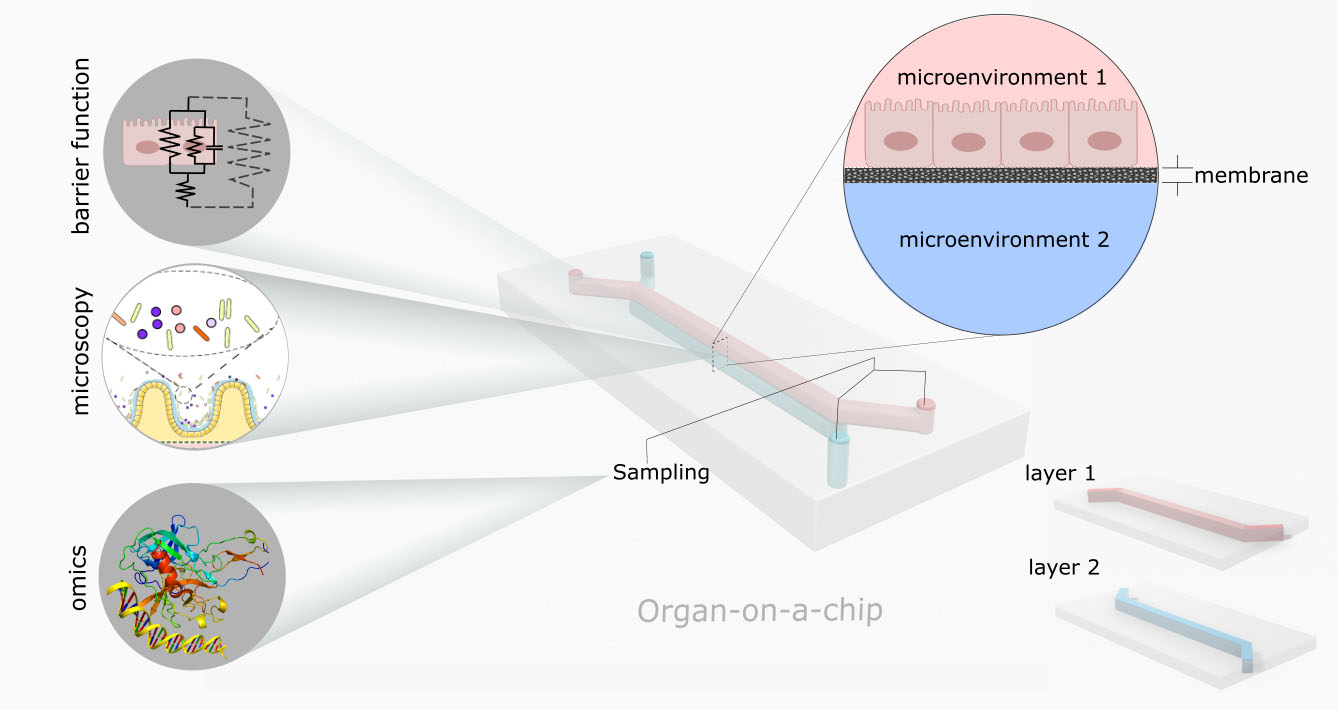
Your Gut’s Microbiome, On a Chip
In APL Bioengineering, researchers describe how gut-on-a-chip devices can bridge lab models and human biology. Modeling the microbiome is particularly difficult because of its unique environmental conditions, but through creative design, gut-on-a-chip devices can simulate many of these properties, such as the gut’s anaerobic atmosphere, fluid flow, and pulses of contraction/relaxation. Growing intestinal cells in this environment means that they more closely resemble human biology compared to standard laboratory cell cultures.
Lost Video of Georges Lemaître, Father of the Big Bang Theory, Recovered
Fans of science history can now access a new gem: a 20-minute video interview with the father of the Big Bang theory, Georges Lemaître. European broadcast network VRT found the 20-minute recording that is thought to be the only video of Lemaître. His interview, originally aired in 1964 and conducted in French, has now been transcribed and translated into English by physicists at Berkeley Lab and the Vatican Observatory.
Climate Change Likely to Uproot More Amazon Trees
Tropical forests are crucial for sucking up carbon dioxide from the atmosphere. But they’re also subject to intense storms that can cause “windthrow” – the uprooting or breaking of trees. A new study finds that more extreme thunderstorms from climate change will likely cause a greater number of large windthrow events in the Amazon, which could impact the rainforest’s ability to serve as a carbon sink.
Berkeley Lab Scientists Develop a Cool New Method of Refrigeration
Researchers at Berkeley Lab have developed a new kind of heating and cooling method that they have named the ionocaloric refrigeration cycle. They hope the technique will someday help phase out refrigerants that contribute to global warming and provide safe, efficient cooling and heating for homes.
From Qubits to Potential Cancer Treatments: Laser Upgrade Opens New Research Possibilities
Things are looking brighter than ever at the Berkeley Lab Laser Accelerator Center. A recently completed upgrade will expand the center’s capabilities into new areas, including studies of particle acceleration, extremely hot plasmas, cancer treatment techniques, and materials for quantum science.
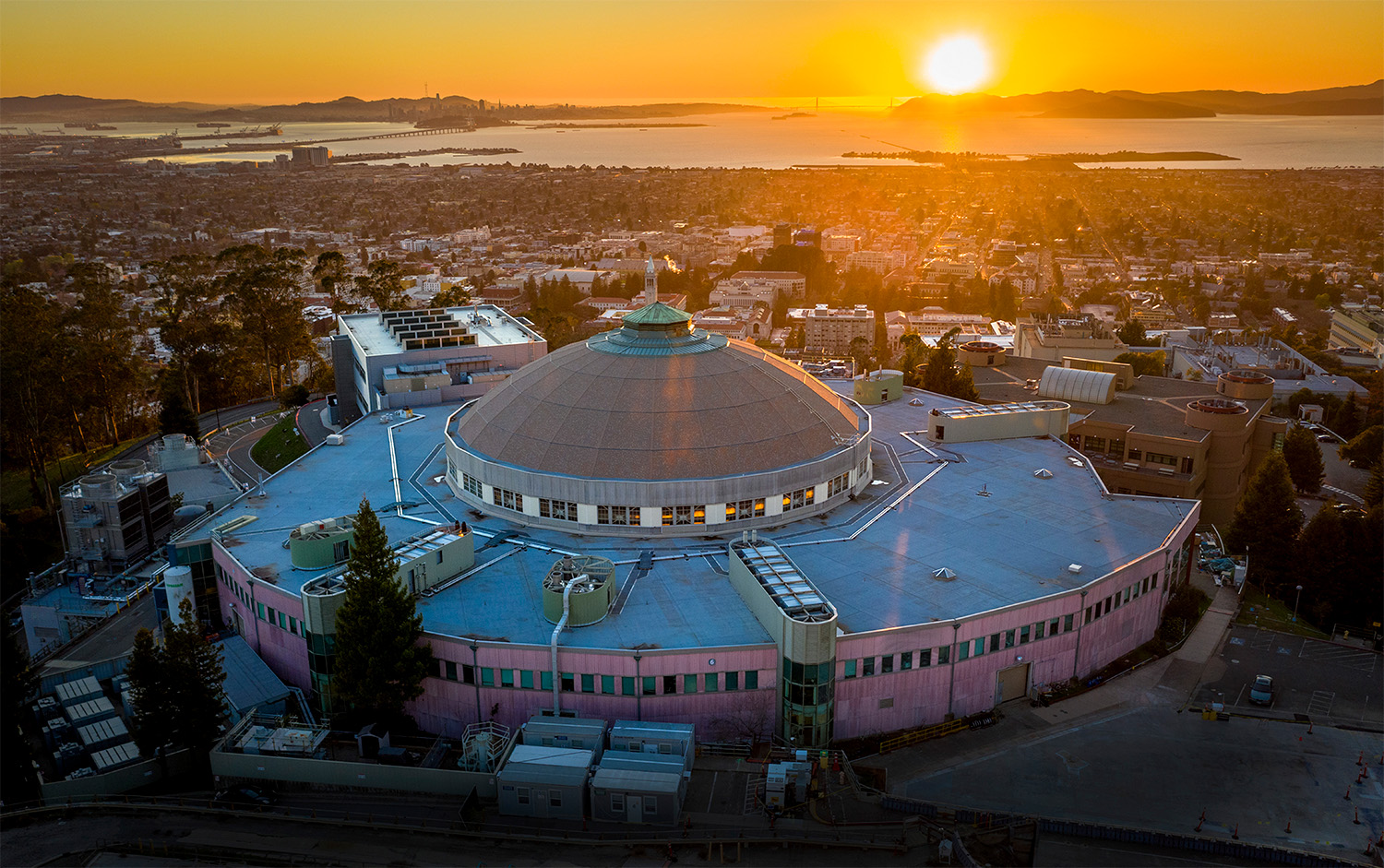
Advanced Light Source Upgrade Approved to Start Construction
Berkeley Lab’s ALS has received federal approval to begin construction on an upgrade that will boost the brightness of its X-ray beams at least a hundredfold. Scientists will use the improved beams for research into new materials, chemical reactions, and biological processes. This construction milestone enables the lab’s biggest project in three decades to move from planning to execution.
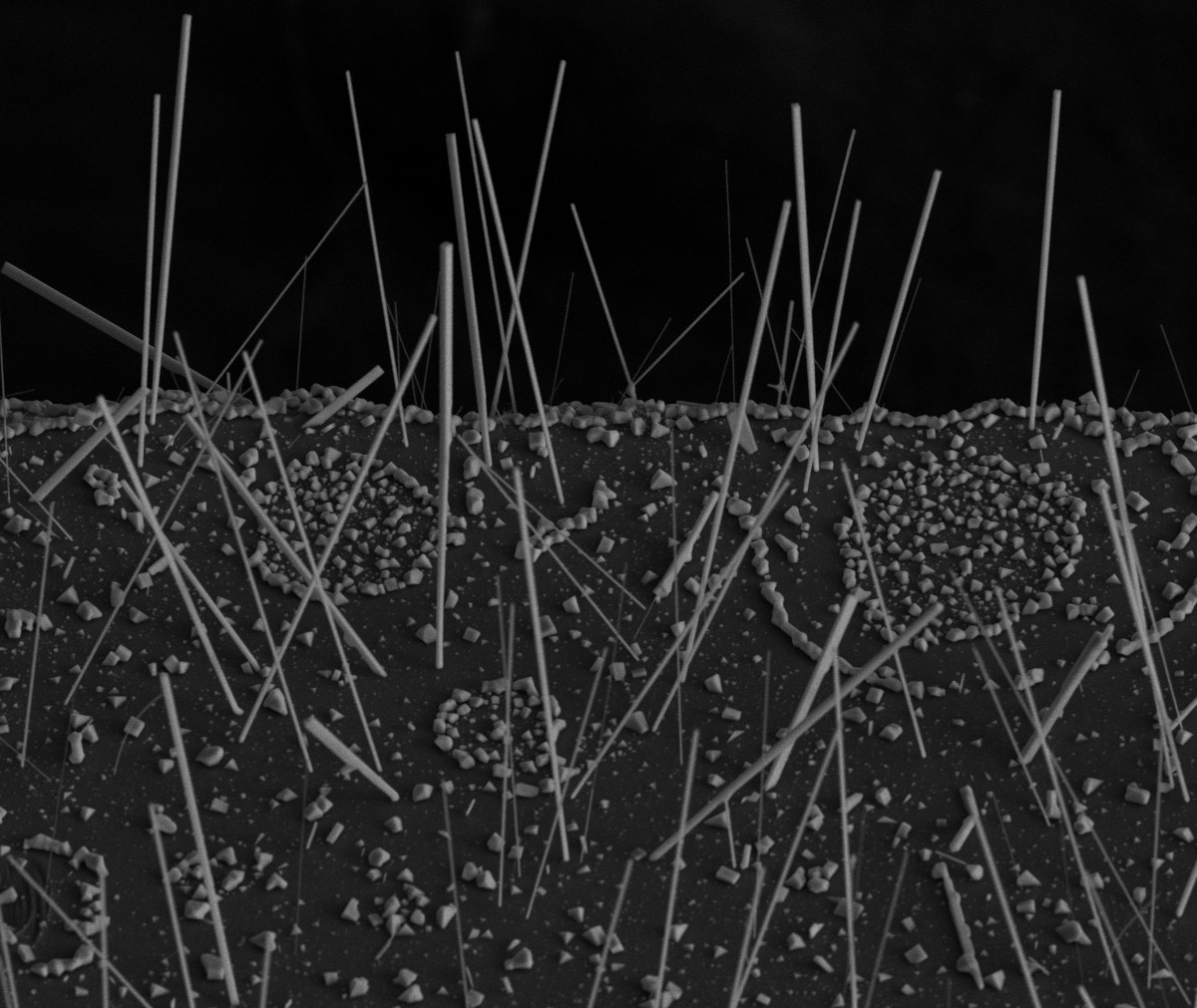
Scientists Grow Lead-Free Solar Material With a Built-In Switch
A lead-free solar material developed by Berkeley Lab scientists offers a simpler and more sustainable approach to solar cell manufacturing. The advance could also benefit halide perovskites, a promising solar technology that requires much less energy to manufacture than silicon.
U.S. Department of Energy Selects Los Alamos National Lab to Lead $9.25 Million Advanced Computing Partnership
The U.S. Department of Energy (DOE) today announced the selection of Los Alamos National Laboratory (LANL) to lead a $9.25 million collaborative project in nuclear energy research through the Scientific Discovery through Advanced Computing (SciDAC) program. SciDAC brings together experts in science and energy research with those in software development, applied mathematics, and computer science to take full advantage of high-performance computing resources. This project will advance modeling the behavior and properties of structure materials under molten salt conditions.
New Public-Private Partnership to Upgrade Tool That Estimates Costs of Power Interruptions
Berkeley Lab has initiated a national public-private partnership to update and upgrade the Interruption Cost Estimate (ICE) Calculator – a publicly available, online tool – which estimates the economic consequences of power interruptions.
ORNL, partners launch first experiments using new facility to make cosmic isotopes on Earth
A new flagship facility for nuclear physics has opened, and scientists from Oak Ridge National Laboratory have a hand in 10 of its first 34 experiments.
Pushing the Boundaries of Moore’s Law: How Can Extreme UV Light Produce Tiny Microchips?
Some analysts say that the end of Moore’s Law is near, but Patrick Naulleau, the director of Berkeley Lab’s Center for X-Ray Optics (CXRO), says that it could be decades before the modern chip runs out of room for improvement, thanks to advances in materials and instrumentation enabled by the CXRO.
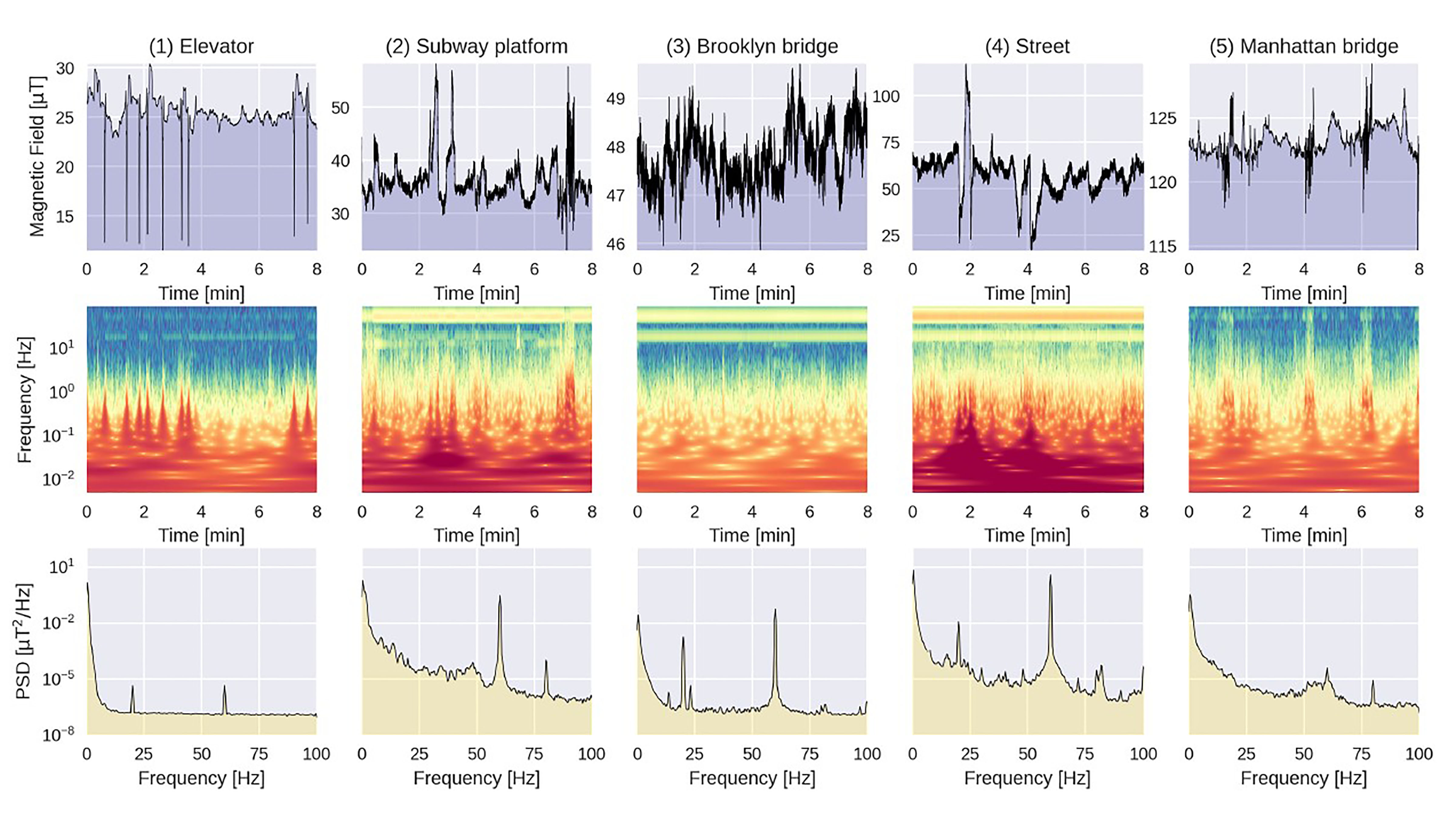
Urban Magnetic Fields Reveal Clues about Energy Efficiency, Pollution
In Journal of Applied Physics, researchers from the United States and Germany present a comparative analysis of urban magnetic fields between two U.S. cities: Berkeley, California, and the Brooklyn borough of New York City. They explore what kinds of information can be extracted using data from magnetic field sensors to understand the working of cities and provide insights that may be crucial for preventative studies.
Skyrmions on the Rise – New 2D Material Advances Low-Power Computing
A team co-led by Lawrence Berkeley National Laboratory has discovered a new ultrathin material with exotic magnetic features called skyrmions. The new material could enable the next generation of tiny, fast, energy-efficient electronic devices.
Science snapshots from Berkeley Lab
New Berkeley Lab breakthroughs: engineering chemical-producing microbes; watching enzyme reactions in real time; capturing the first image of ‘electron ice’; revealing how skyrmions really move
LED Material Shines Under Strain
A team led by researchers at Lawrence Berkeley National Laboratory (Berkeley Lab) and UC Berkeley has demonstrated an approach for achieving LEDs with near 100% light-emission efficiency at all brightness levels.
Automatically Steering Experiments Toward Scientific Discovery
Scientists at Brookhaven and Lawrence Berkeley National Laboratories have been developing an automated experimental setup of data collection, analysis, and decision making.
Main Attraction: Scientists Create World’s Thinnest Magnet
Scientists at Berkeley Lab and UC Berkeley have created an ultrathin magnet that operates at room temperature. The ultrathin magnet could lead to new applications in computing and electronics – such as spintronic memory devices – and new tools for the study of quantum physics.
What if We Could Give Viruses a One-Two Punch?
Researchers at Stanford and Berkeley Lab’s Molecular Foundry have developed virus-killing molecules called peptoids. The technology could make possible an emerging category of antiviral drugs that could treat everything from herpes and COVID-19 to the common cold.
This crystal impurity is sheer perfection
Scientists at Berkeley Lab and UC Berkeley have developed a nanoparticle composite that grows into 3D crystals. The new 3D-grown material could speed up production and eliminate errors in the mass manufacturing of nanoscale photonics for smart buildings or actuators for robotics.
UAH-led space weather prediction research could be critical to Space Force Command
Research to improve space weather predictions by Dr. Nikolai Pogorelov at The University of Alabama in Huntsville (UAH), a part of the University of Alabama System, will boost abilities crucial to the success of the defense mission of the Space Force Command that’s set to be located in Huntsville, Ala.
Key to Carbon-Free Cars? Look to the Stars
In a decade-long quest, scientists at Berkeley Lab, the University of Hawaii, and Florida International University uncover new clues to the origins of the universe – and land new chemistry for cleaner combustion engines
Are Heavy Metals Toxic? Scientists Find Surprising New Clues in Yeast
Scientists at Berkeley Lab and UC Berkeley have compiled the most complete library yet of lanthanide heavy metals and their potential toxicity – by exposing baker’s yeast to lanthanides. Their findings could help researchers uncover hidden pathways between lanthanide metals and disease.
First nanoscale look at a reaction that limits the efficiency of generating clean hydrogen fuel
Transitioning to a hydrogen economy will require massive production of cheap, clean hydrogen gas for fuel and chemical feedstocks. New tools allow scientists to zoom in on a catalytic reaction that’s been a bottleneck in efforts to generate hydrogen from water more efficiently.
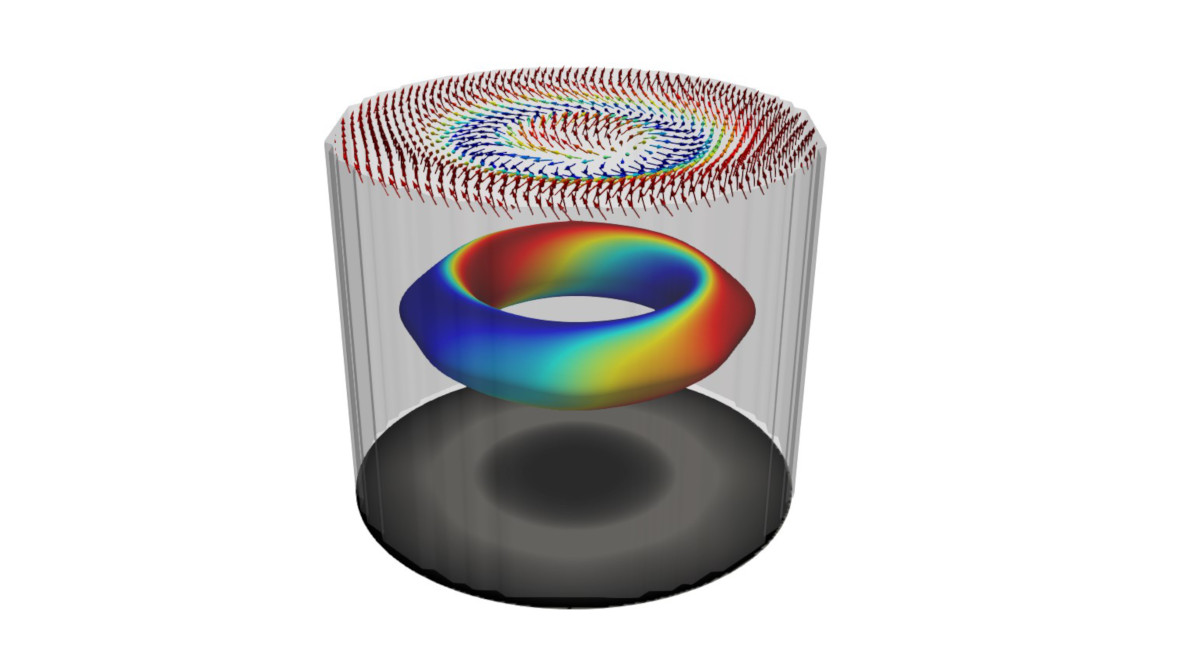
The Spintronics Technology Revolution Could Be Just a Hopfion Away
A research team co-led by Berkeley Lab has created and observed quasiparticles called 3D hopfions at the nanoscale (billionths of a meter) in a magnetic system. The discovery could advance high-density, high-speed, low-power, yet ultrastable magnetic memory “spintronics” devices.
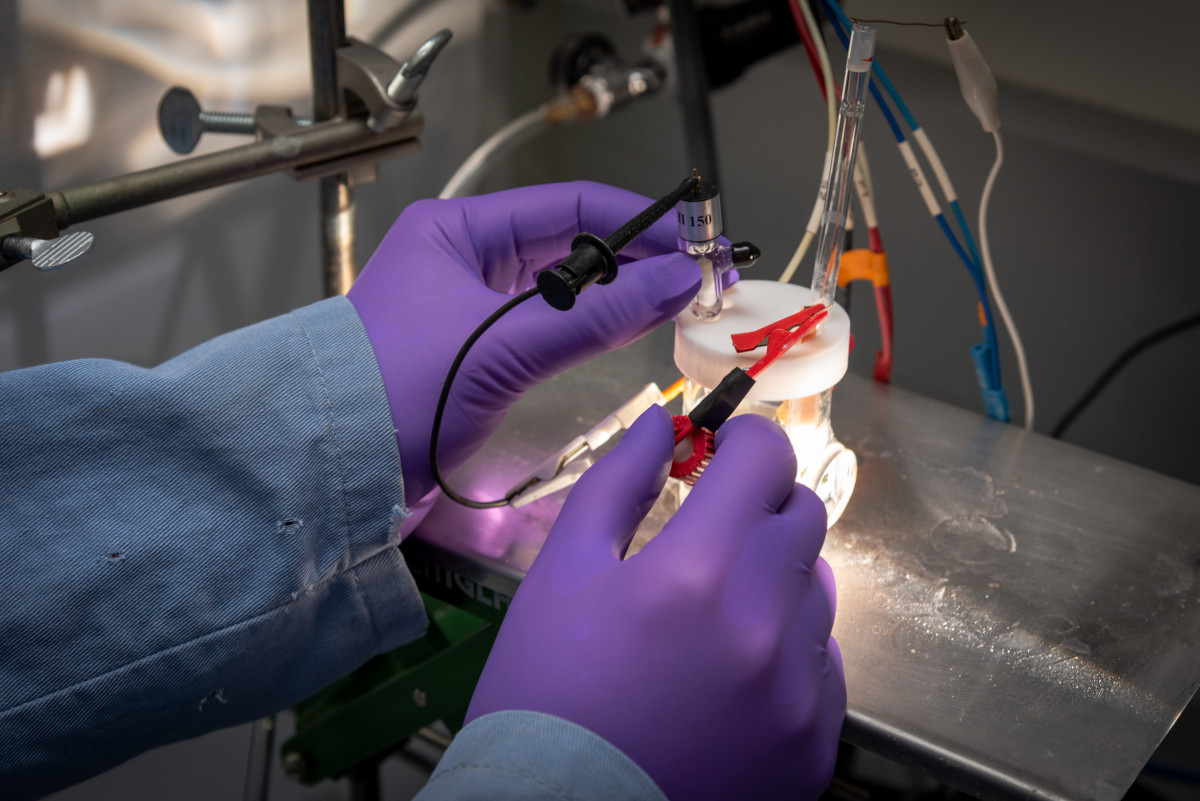
This hydrogen fuel machine could be the ultimate guide to self improvement
Scientists at Berkeley have uncovered an extraordinary self-improving property that transforms an ordinary semiconductor into a highly efficient and stable artificial photosynthesis device
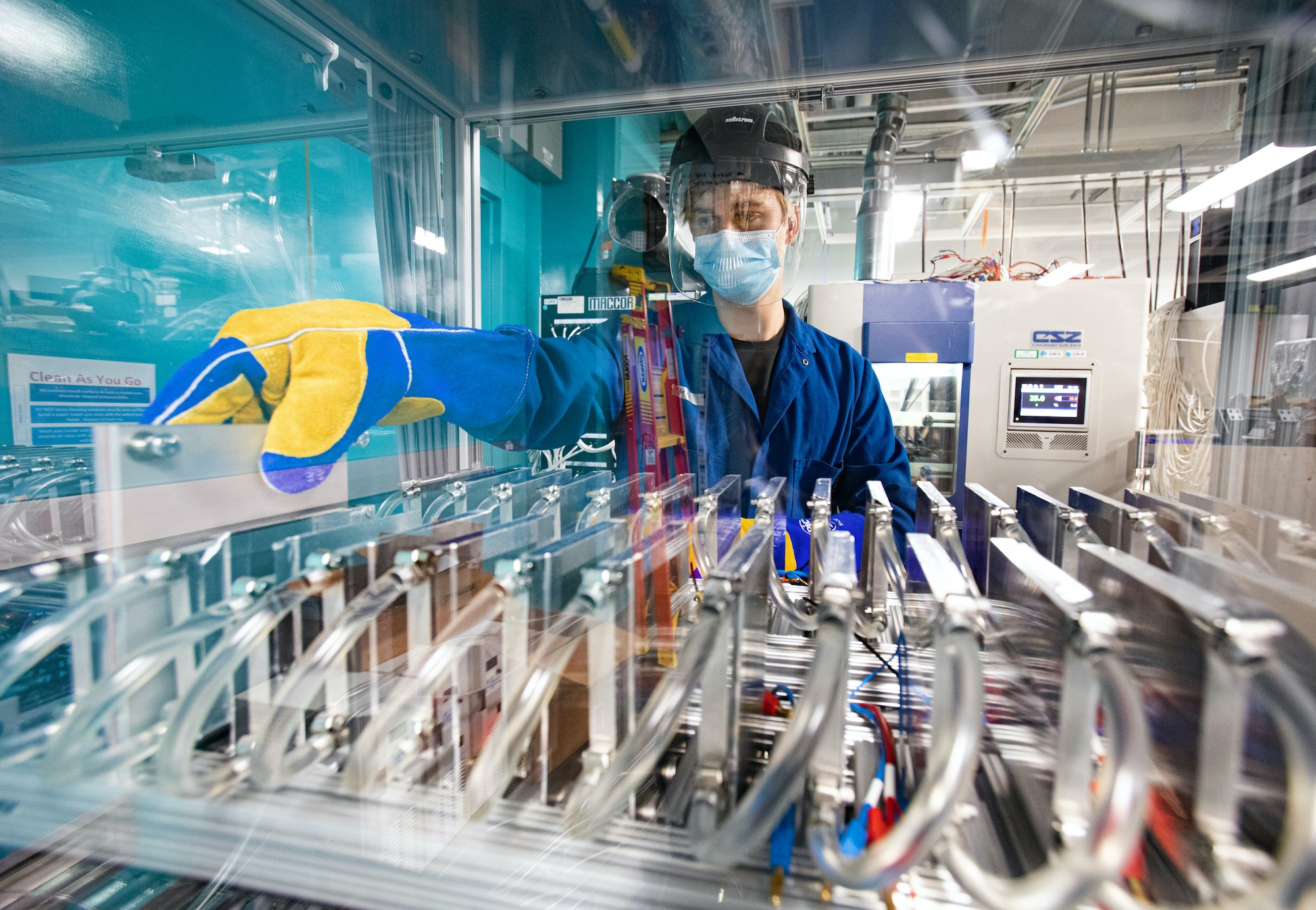
April Snapshots
Science Snapshots from Berkeley Lab: X-rays accelerate battery R&D; infrared microscopy goes off grid; substrates support 2D tech
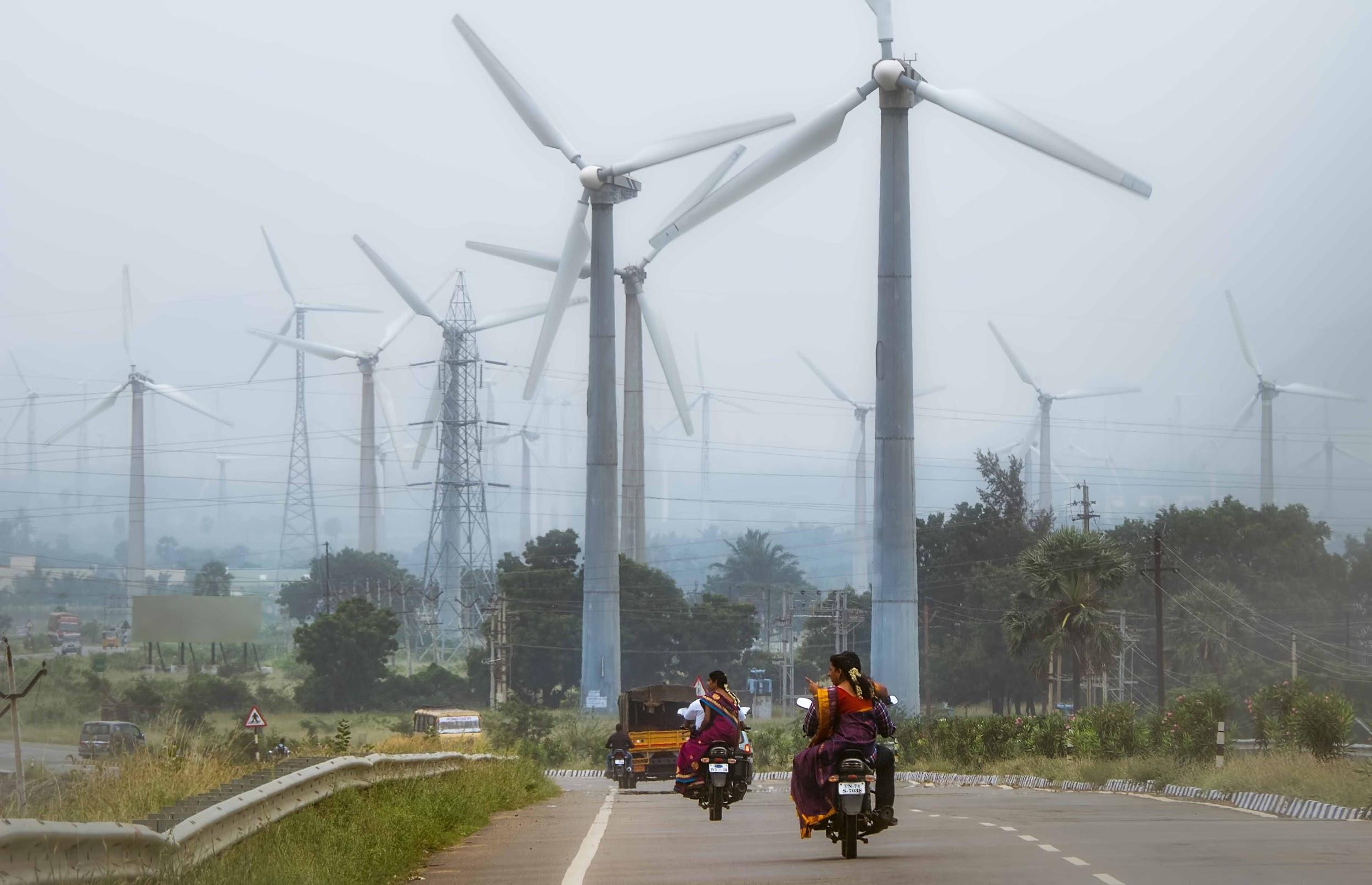
Science Snapshots From Berkeley Lab – Week of March 29, 2021
India’s Ambitious Clean Energy Goals, a Secret Pathway to Harnessing the Sun for Clean Energy, and a Supersmart Gas Sensor for Asthmatics
Revealing Nano Big Bang – Scientists Observe the First Milliseconds of Crystal Formation
At Berkeley Lab’s Molecular Foundry, scientists recruited a world-leading microscope to capture atomic-resolution, high-speed images of gold atoms self-organizing, falling apart, and then reorganizing many times before settling into a stable, ordered crystal.
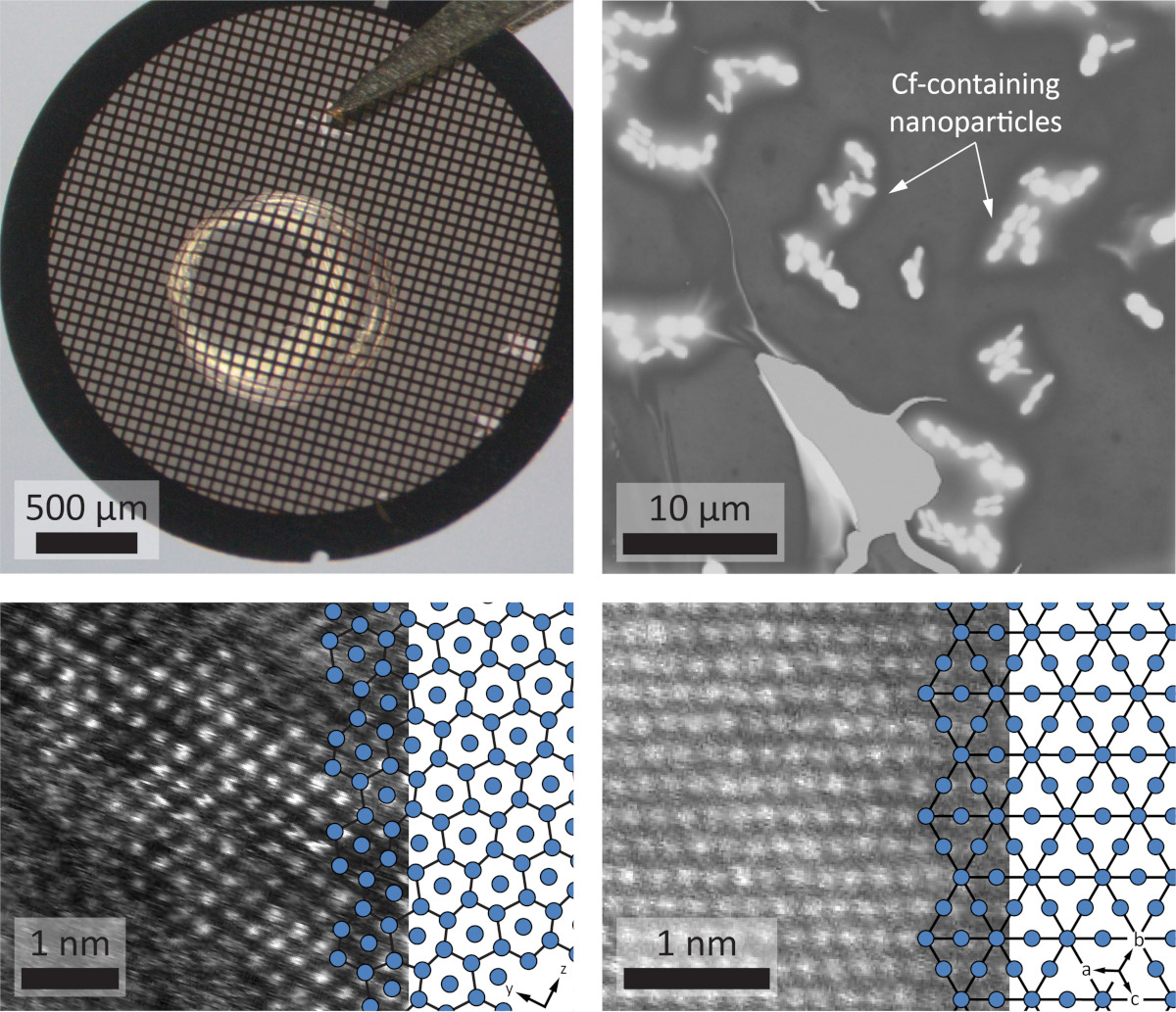
Do You Know the Way to Berkelium, Californium?
Scientists at Berkeley Lab have demonstrated how to image samples of heavy elements as small as a single nanogram. The new approach will help scientists advance new technologies for medical imaging and cancer therapies.
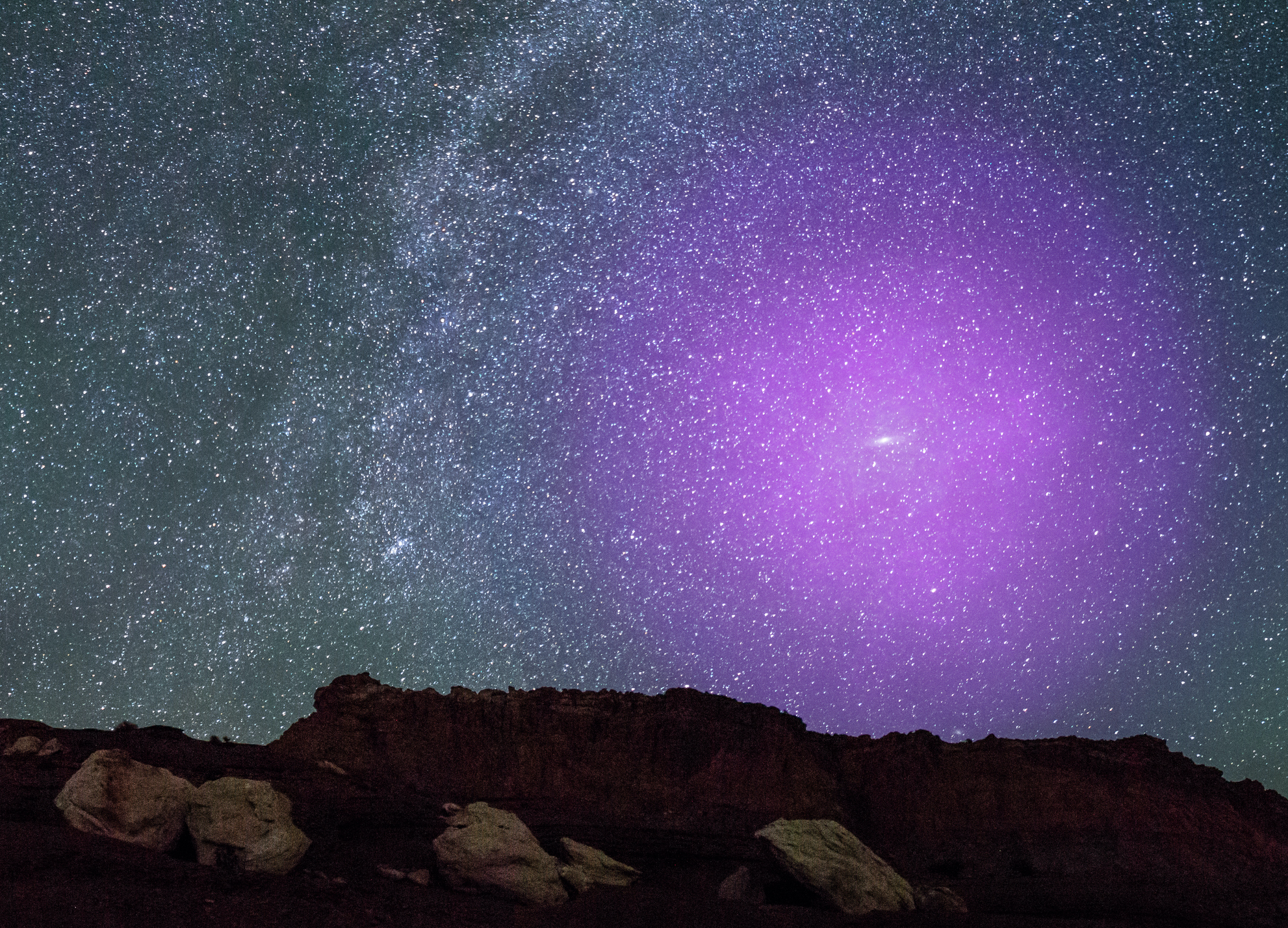
Missing Baryons Found in Far-Out Reaches of Galactic Halos
Researchers have channeled the universe’s earliest light – a relic of the universe’s formation known as the cosmic microwave background – to solve a missing-matter mystery and learn new things about galaxy formation. Their work could also help us to better understand dark energy and test Einstein’s theory of general relativity by providing new details about the rate at which galaxies are moving toward us or away from us.

Science Snapshots: COVID-19, power outages, Alzheimer’s disease, and optical antennas
March Science Snapshots from Berkeley Lab
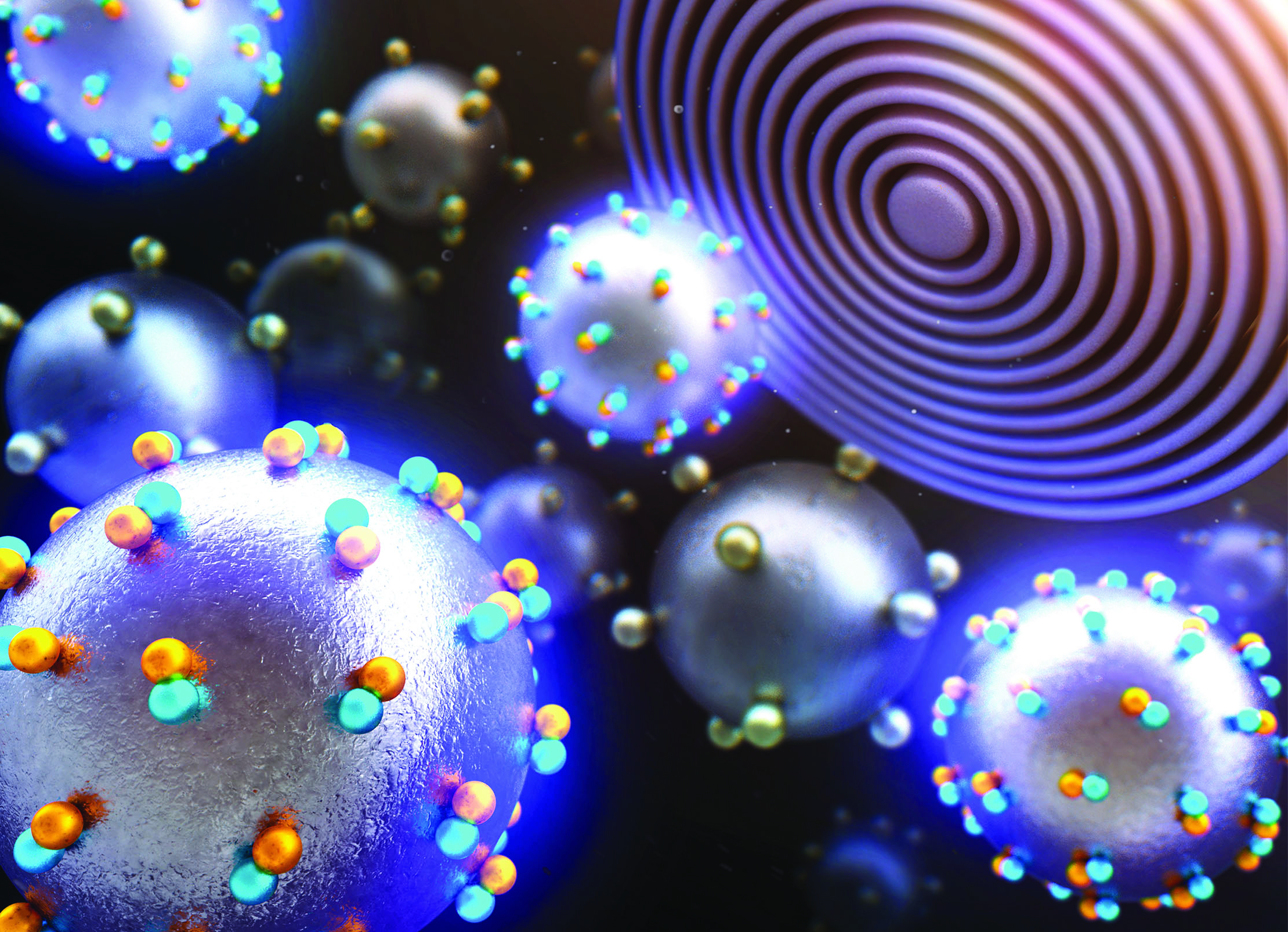
A COSMIC Approach to Nanoscale Science
COSMIC, a multipurpose X-ray instrument at Berkeley Lab’s Advanced Light Source, has made headway in the scientific community since its launch less than 2 years ago, with groundbreaking contributions in fields ranging from batteries to biominerals.
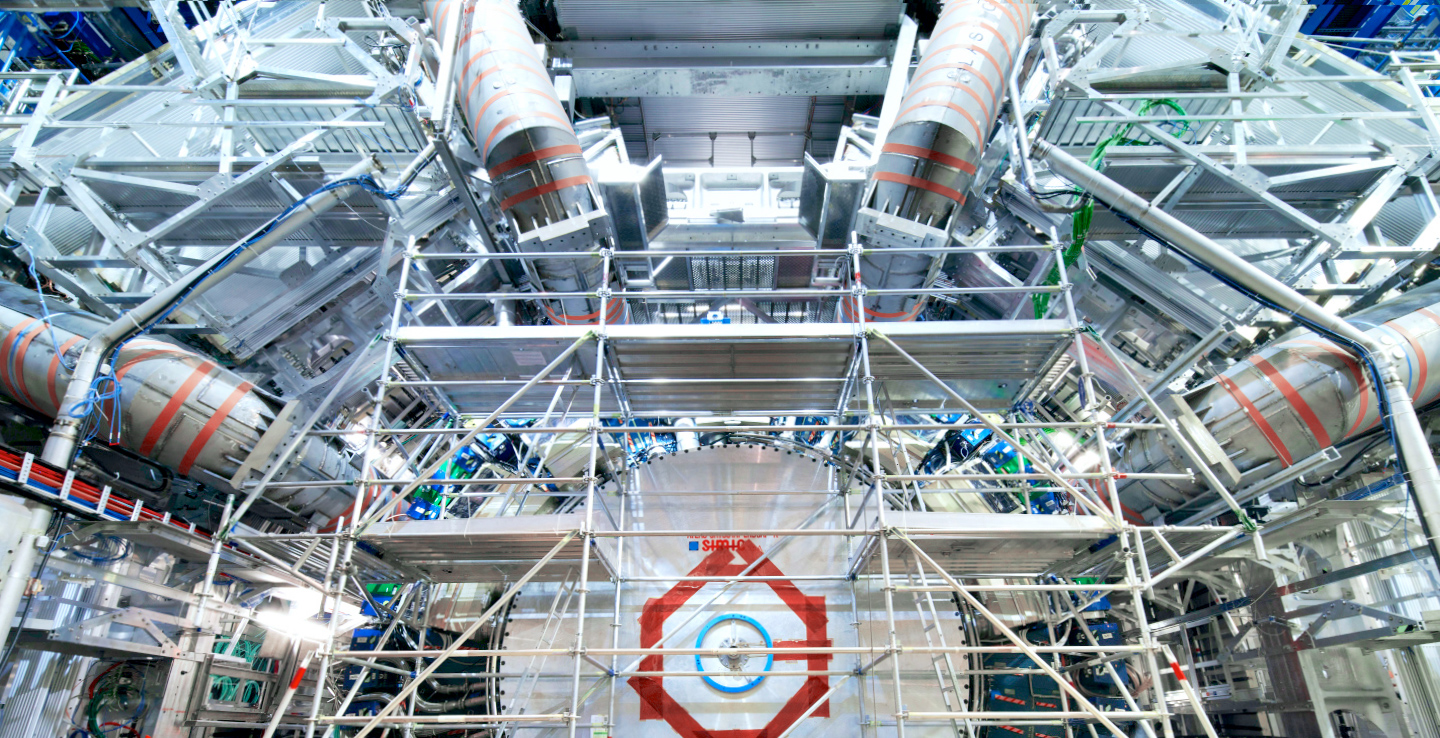
Researchers Hunt for New Particles in Particle Collider Data
Berkeley Lab researchers participated in a study that used machine learning to scan for new particles in three years of particle-collision data from CERN’s ATLAS detector.
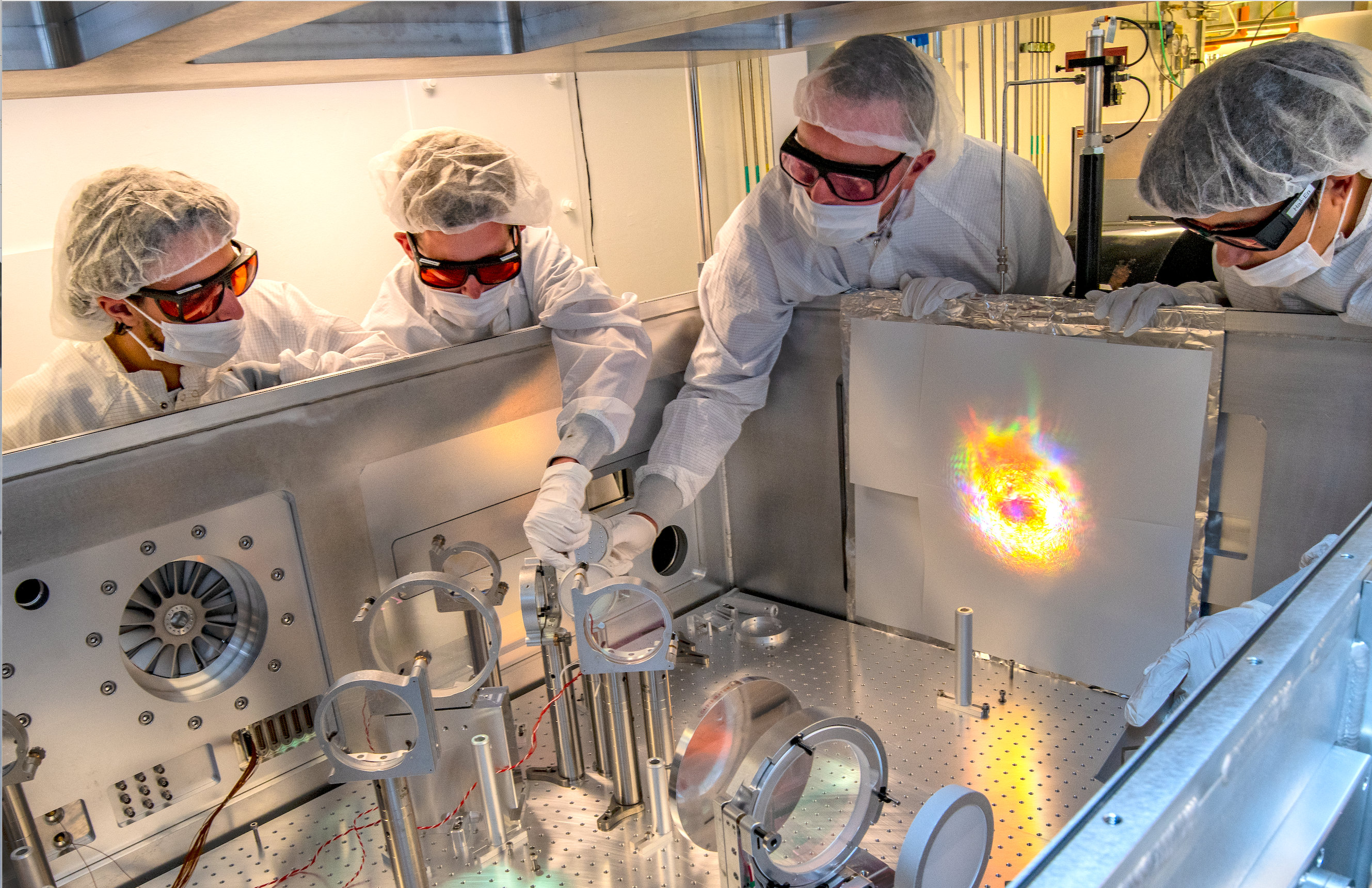
Advisory Committee Releases Strategic Plan for U.S. Fusion, Plasma Program
The U.S. Department of Energy (DOE) Fusion Energy Sciences Advisory Committee (FESAC) has adopted and endorsed a new report that lays out a strategic plan for fusion energy and plasma science research over the next decade. The report has been…
Science Snapshots From Berkeley Lab
These news briefs cover topics including gut microbes, tsetse flies in 3D, an energy use framework for heating and cooling, and new gravitational lensing candidates.
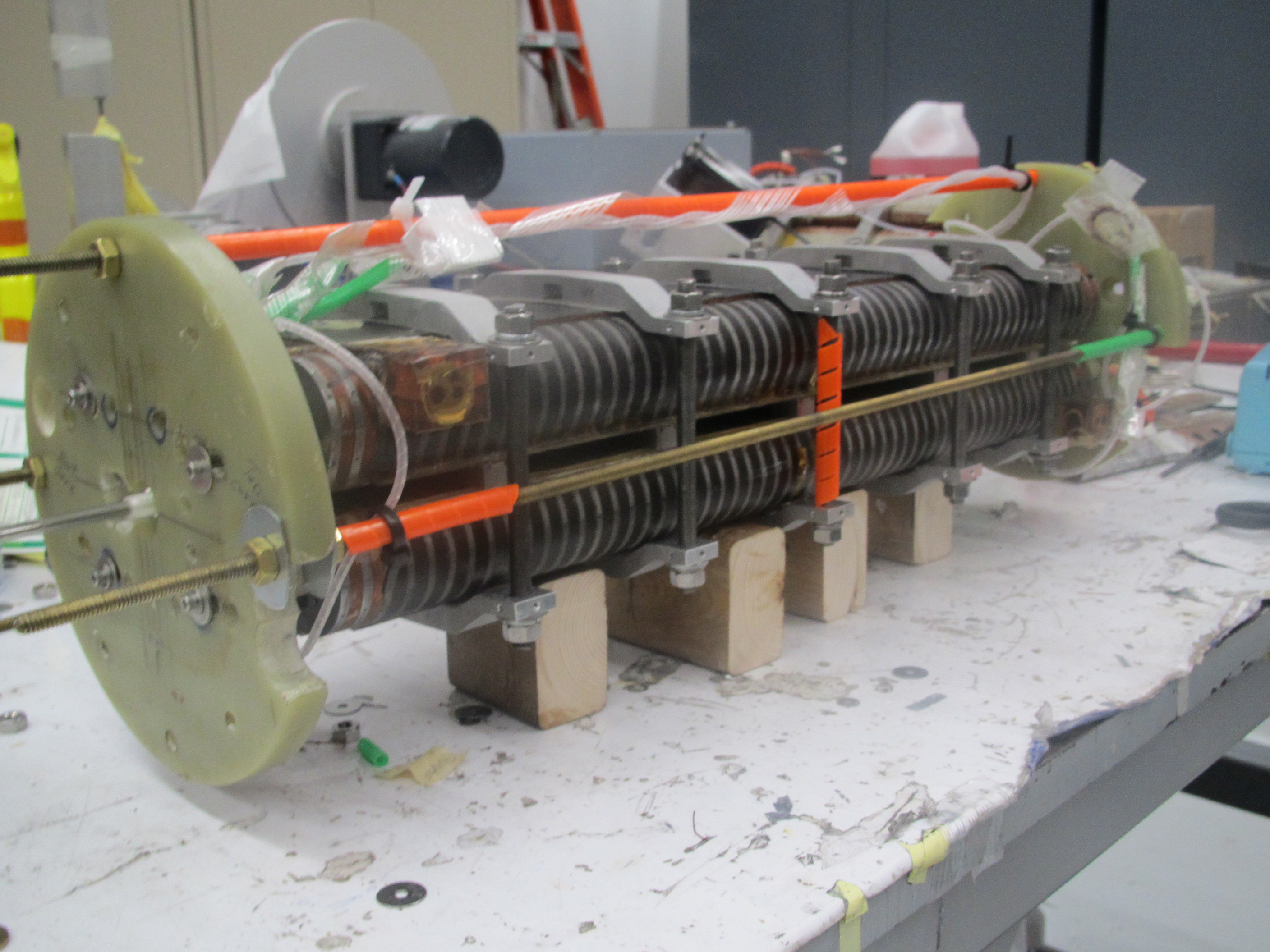
National laboratories’ magnet designers look to the future of light sources with new prototype
After more than 15 years of work, scientists at three DOE national laboratories have succeeded in creating and testing an advanced, more powerful superconducting magnet made of niobium and tin for use in the next generation of light sources.
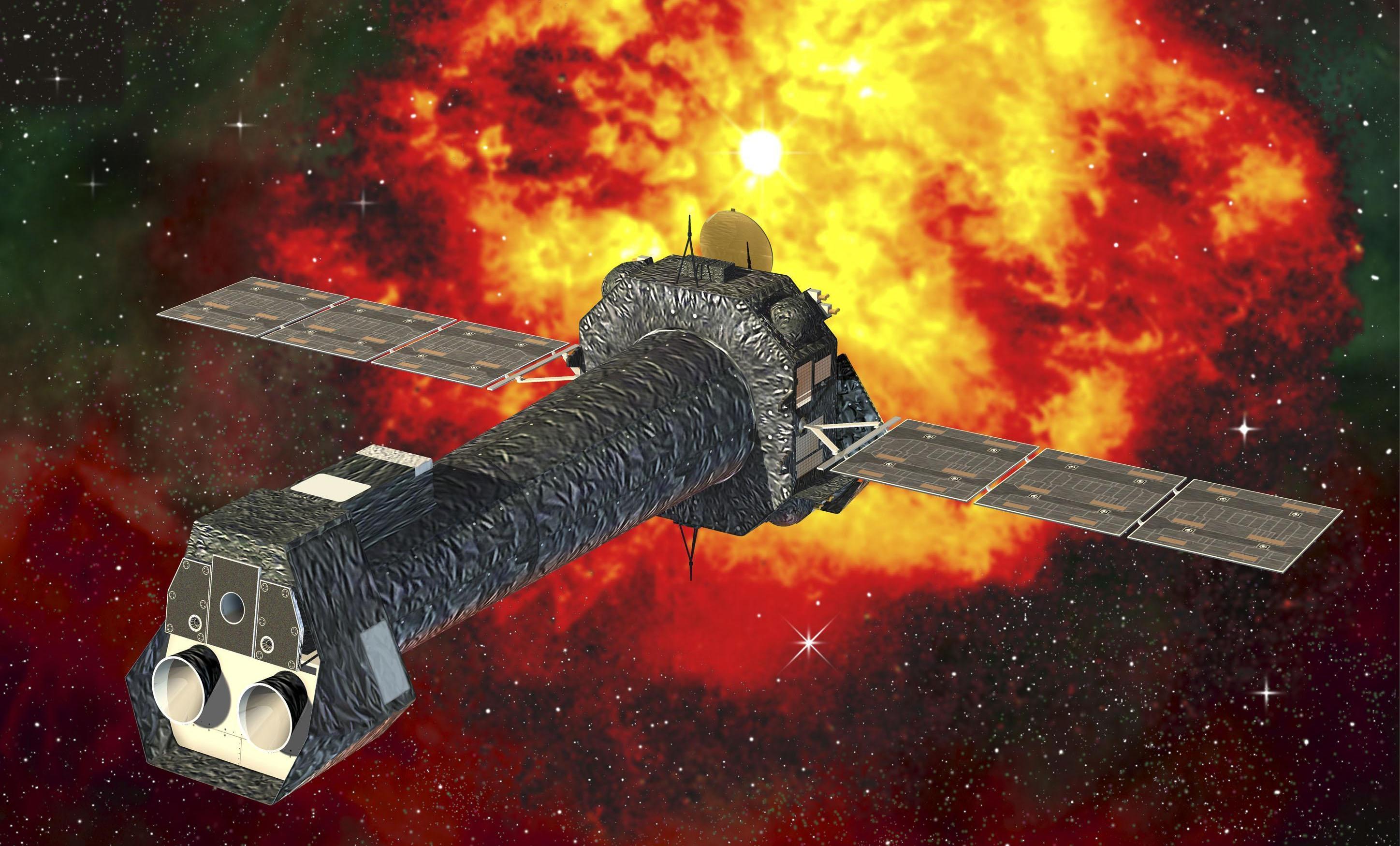
Study: X-Rays Surrounding ‘Magnificent 7’ May Be Traces of Sought-After Particle
A new study, led by a theoretical physicist at Berkeley Lab, suggests that never-before-observed particles called axions may be the source of unexplained, high-energy X-ray emissions surrounding a group of neutron stars.
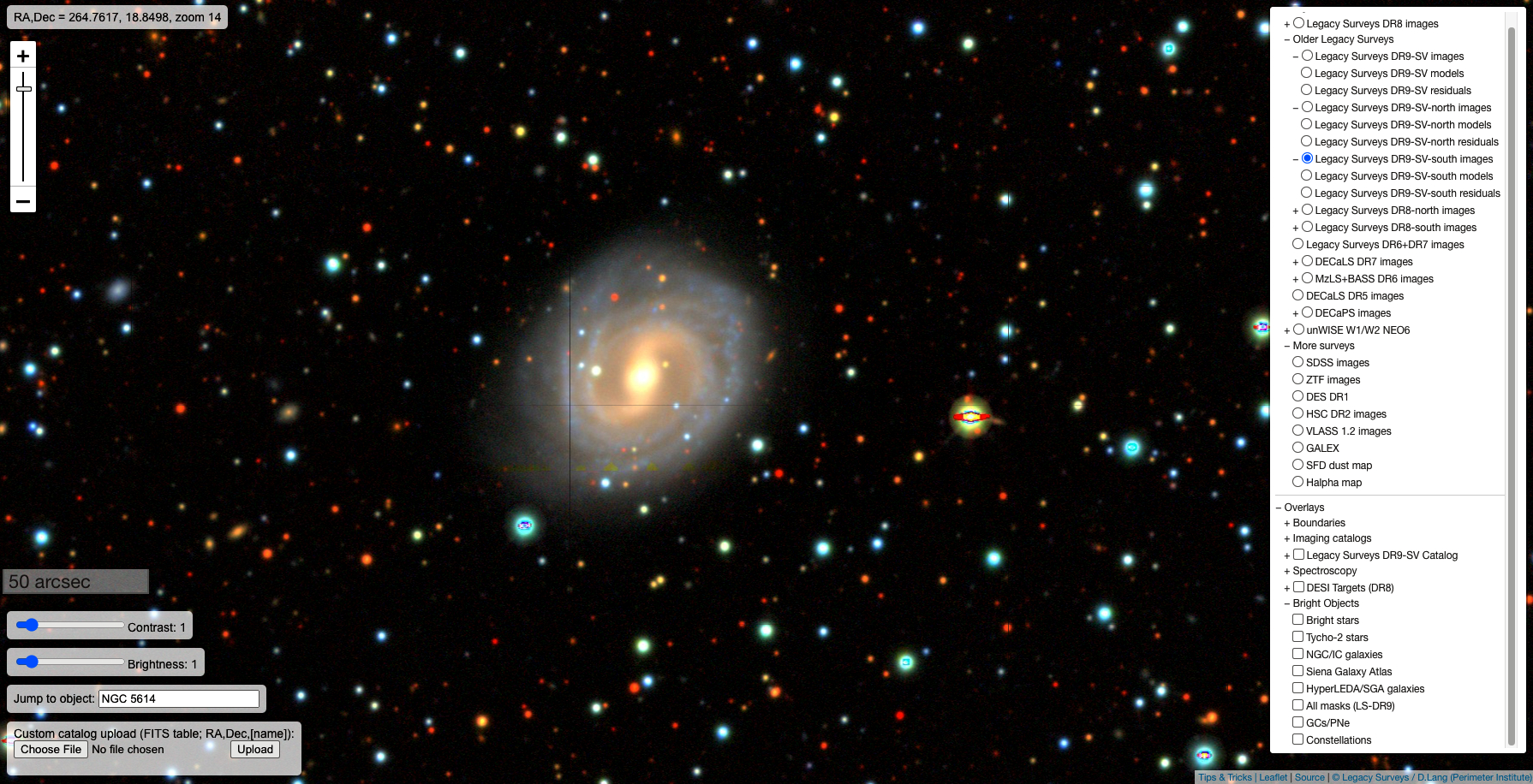
Building a Giant 2D Map of the Universe to Prepare for the Largest 3D Map
Before DESI, the Dark Energy Spectroscopic Instrument, can begin its 5-year mission from an Arizona mountaintop to produce the largest 3D sky map yet, researchers first needed an even bigger 2D map of the universe.